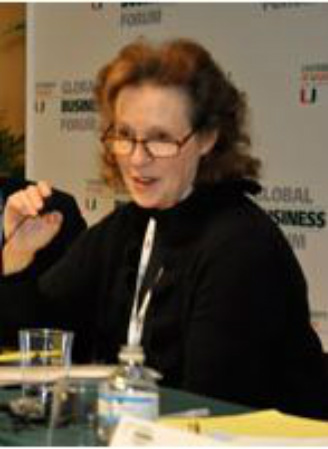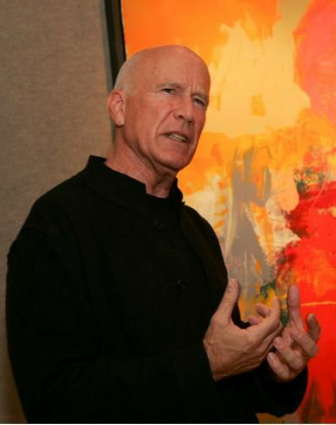ABIGAIL HOUSEN PHILLIP YENAWINE

In the 1970s Abigail Housen began studying
people’s reactions and statements when observing artwork. She documented the
wide range of thought that art triggered, she noted that, “Even beginners use a
range of observations to draw conclusions that are full of associations,
memories, facts and emotions.” Through her
research she detected the connection amid aesthetic thought and critical thinking.
Ultimately, Housen wanted to create a tool in which students can connect to art
in ways that are meaningful and lasting. Most importantly, she did not want one
to need a wealth of knowledge to do so.
|

While Housen was comprising
data and conducting interviews, Phillip Yenawine was thinking of how he could generate comprehensible
programming for museum visitors at the Museum of Modern Art. He was extremely
offended and upset
by the Getty Trust’s report. He wanted museum educators to be considered serious players in the education world.
A friend introduced him to Abigail Housen, who
introduced him to her method. Yenawine appreciated Housen’s indirect style. He
had to unlearn his past educational tactics. They decided to work together develop
a system for teaching grounded by her data, they titled it, the Visual Thinking
Strategies.
|
